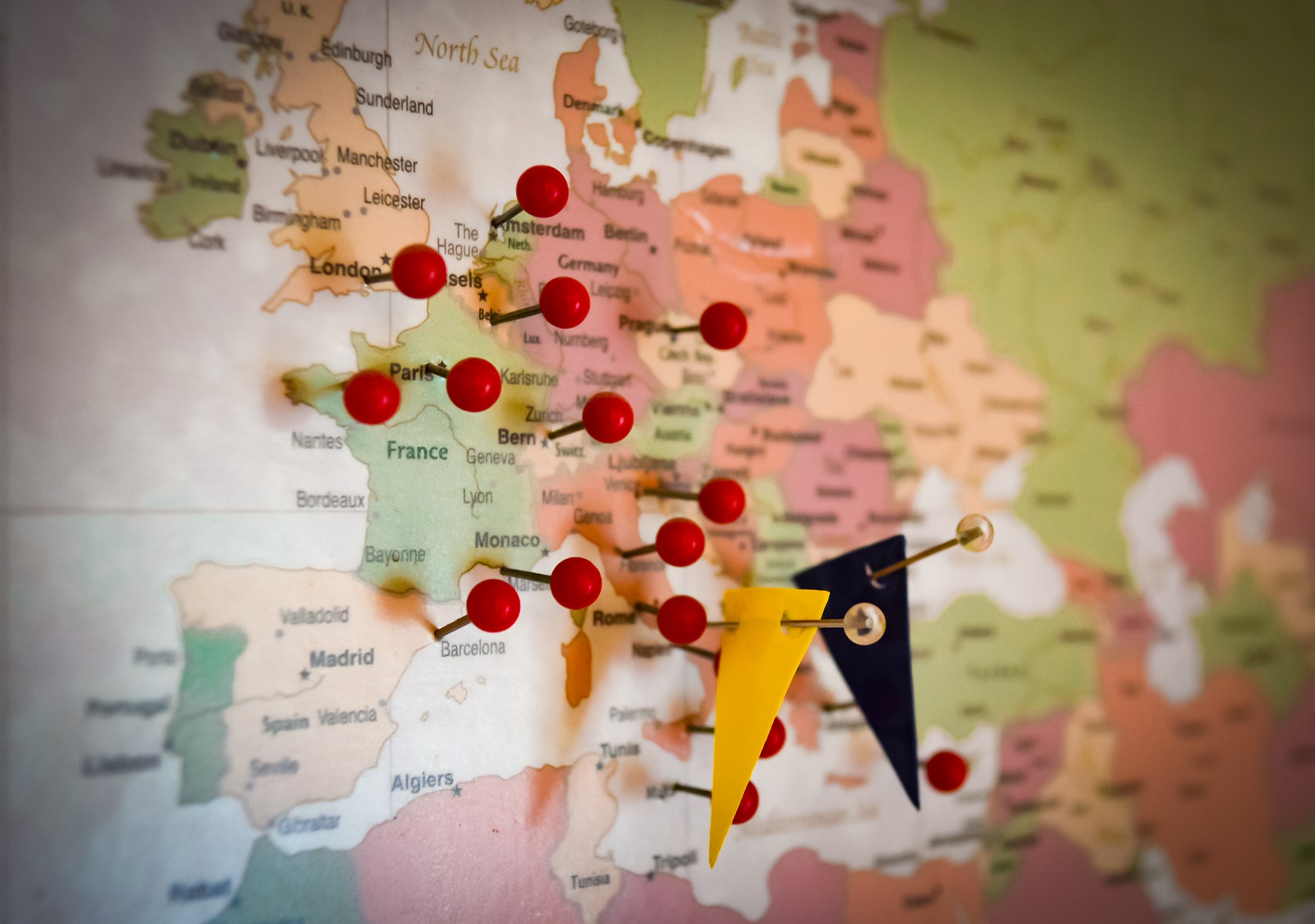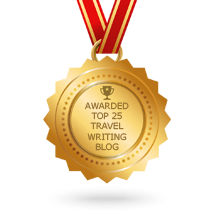Over the last four years or so, we have written an awful lot on this blog about crafting engaging, insightful and well-written travel content. We’ve offered tips on coming up with attention-grabbing headlines, writing gripping introductions and delivering impactful endings. We have examined the role of narrative in travel writing, we’ve looked at how words and images work in tandem and we have analysed the work of the travel writing greats.
Now, after all that, we felt it was about time we turn our focus to a different beast altogether: sales copy.
While travel blogs and articles often seek to inform and entertain potential customers, sales copy aims for one specific thing: to persuade them to buy a product or service. Consequently, it requires writers to take a different approach. We’ve come up with some tips to help you master the art of crafting sales copy for the travel sphere.

Stay simple
When it comes to persuading potential travellers through the medium of copy, remember that simplicity sells. In this busy, choice-filled world and amid the overabundance of information-heavy online travel content, customers yearn for things that are uncomplicated and easy to understand.
Keeping things simple is more difficult than it sounds. If you are a hotel marketer, for instance, you may want to make sure your customers are aware of all the amenities, bells and whistles on offer. You are, however, better off keeping that stuff off your homepage. Instead, reel in potential guests with streamlined sales copy that covers only the most important points. Don’t lose your essential message in a deluge of descriptions.
The Pig, a mini-chain of rural UK-set shabby-chic hotels, does this excellently with its clever strap line: “It’s really just a restaurant with rooms.” In one simple sentence, they manage to convey some of the most appealing aspects of their brand: their hotels are unstuffy, down-to-earth and cosy country haunts with on-site restaurants that take centre stage.
Brag about the biggest benefits
Features tell, benefits sell. It’s an advertising cliché that, like most clichés, has more than a grain of truth to it (if you aren’t sure what the difference is between features and benefits, this article from Entrepreneur will clear things up). All too often, travel brands bury their essential message in a deluge of descriptions so make sure your biggest benefit is displayed loud and proud.
On the Z City website, it is the hotel’s convenient location and reasonable price tag that is given top billing. The benefits are summed up in a few concise sentences: “Z CITY has everything you need for a couple of nights in town. Concentrated style, an out-of-town price, in the City of London. No off-central, tourist hotels for you.”
Over on The Cosmopolitan of Las Vegas website, they go even further. Instead of listing their amenities (a casino, nightclub and multiple dining and drinking venues to name but a few), they group them together into a short, pithy phrase to explain the overall benefit they have for customers: “Play where you stay.”

Prove your worth
After boasting about your biggest benefits, the reader is likely to be somewhat sceptical. Why should they believe what you say? Now is the time to provide some evidence to back up your big claims. Show your muscle with some meaty statistics, rave reviews or something else that demonstrates that your brand is all that it says it is. Z City choose to use a concise customer comment – “You’d be stupid not to stay here. Pure perfection.” – to substantiate their claims, while the Pig Hotel let their customers do the talking via their Instagram posts.
You may want to hint to prospective customers just what they will be missing out on if they don’t choose your brand. You don’t want to be too hyperbolic, but it’s okay to make them feel a little twinge of FOMO (fear of missing out). You don’t have to slate the competition, but it also helps to hint to customers how you are different, and ultimately better, than competitors. Once again, The Pig does this well: “There is no predictability… this is no ‘cookie-cutter roll-out’. We have turned the traditional layout of a hotel on its head!”
Call to action
The final, invaluable step in successful sales copy is to prompt the reader into action. Your call to action(s) should be prominent, preferably set apart from the rest of the text on an impossible-to-miss clickable button. In terms of sales copy, this is not the time for subtlety nor for complex language. Make the call-to-action copy clear, direct and obvious so the user knows what they can expect by clicking on it. Use an action verb to help amp up the urgency: “Book now”, “Reserve a room”, “Check availability”.
Of course, sales copy isn’t a one-stop-shop miracle solution. It is just one element in a complex web of content marketing. However, if you have built your brand awareness and secured web traffic elsewhere, it’s this kind of copy that can be the final, crucial piece of the jigsaw, converting prospective customers into real – paying – ones. Put these tips into action should should find your sales heading in the right direction.
Want to see some examples of the copy we’ve produced for clients in the travel sector? Head on over to our latest projects. For more travel industry news, updates and musings, you can follow World Words on Twitter.

Mandy, seriously I don’t have an idea about travel copy sell. You know I’m also a solo traveller and willing to do the same thing like you. Please help me out, how can I start, I’m very much interested to make travel copy which gonna sell. Thanks a bunch. 🙂
This is fascinating, thanks for all the insight!